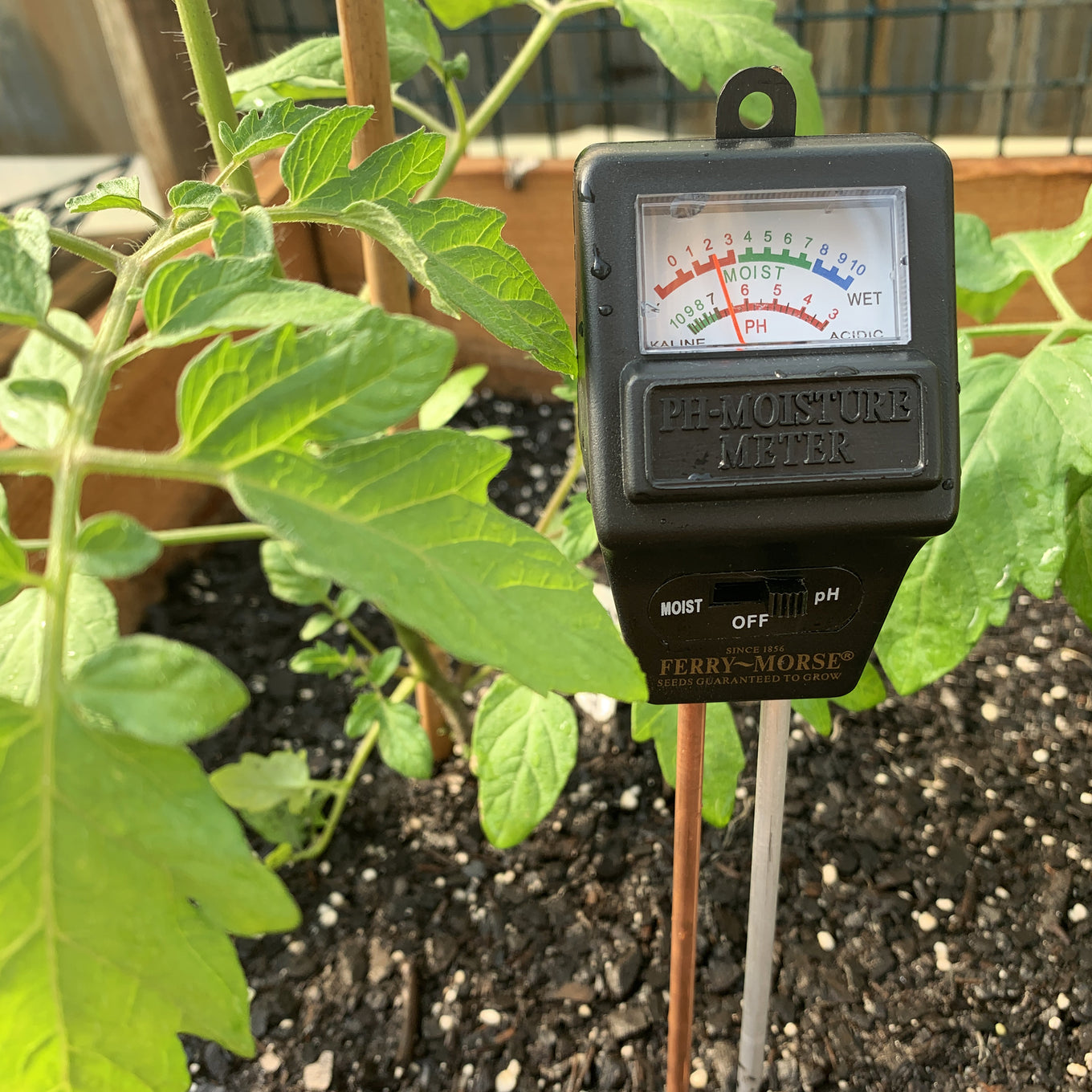Top 10 Benefits of Using a Moisture Meter for Definite Measurements in Your Home
Top 10 Benefits of Using a Moisture Meter for Definite Measurements in Your Home
Blog Article
Delve Into the World of Moisture Meters: Every Little Thing You Required to Know
In the world of moisture meters lies a world of accuracy and practicality that often goes unnoticed. These devices, while apparently uncomplicated, hold a wide range of details that can significantly influence different sectors and applications. Comprehending how moisture meters run, the various types readily available, and their varied usages can drop light on their importance in ensuring quality and performance. By checking out the details of wetness meters, one can uncover an important tool that goes beyond mere measurement, supplying insights that can make a considerable difference in various areas.
How Moisture Meters Work
Moisture meters operate by gauging the electric conductivity or capacitance of products to figure out the wetness web content present. These meters are indispensable devices across numerous sectors, including agriculture, woodworking, and construction. By utilizing various methods such as pinless or pin-type modern technology, moisture meters supply precise analyses that assist specialists make informed decisions.
Pin-type moisture meters work by placing the sharp pins into the product being evaluated. The electrical conductivity between the pins is after that determined, with higher dampness degrees leading to enhanced conductivity. Moisture Meter. On the other hand, pinless wetness meters utilize electromagnetic signals to check a larger area without triggering any type of damages to the product's surface area. These meters are ideal for promptly analyzing dampness levels in huge locations or completed products.
Despite the approach utilized, dampness meters play an essential duty in avoiding issues such as mold growth, structural damage, or product problems created by excess dampness. Understanding just how these meters work is crucial for guaranteeing the high quality and integrity of products in numerous applications.
Kinds Of Moisture Meters
Provided the important role dampness meters play in numerous sectors, it is necessary to recognize the different types offered to professionals for precisely assessing wetness levels - Moisture Meter. There are mainly 2 main kinds of wetness meters: pinless and pin-type wetness meters

On the other hand, pinless dampness meters make use of electromagnetic sensor plates to check a bigger area of the product without triggering any damages. This kind is suitable for promptly scanning large locations and is generally used for flooring, walls, and ceilings. Pinless meters are hassle-free for taking analyses on completed surfaces without leaving any visible marks.
Both types of moisture meters have their benefits and are picked based upon the details needs of the job at hand. Comprehending the differences in between these kinds is important for experts to make exact wetness assessments.
Applications Across Industries
Building and construction professionals rely on wetness meters to examine the wetness degrees in building products like timber, concrete, and drywall, which is important for preserving architectural honesty and avoiding concerns like rot or mold. The flooring sector makes use of wetness meters to gauge the wetness content in subfloors prior to setting up various flooring coverings, preventing expensive damages due to excess moisture. In the food industry, moisture meters are made use of to check and control moisture levels in items such as grains, nuts, and dried out fruits to keep freshness and quality.
Tips for Making Use Of Wetness Meters
Make use of the dampness meter's calibration setups to ensure accurate analyses when gauging the moisture material in different products. Additionally, make certain the meter is established to the right wetness array for the product you are gauging to get the most precise results.
When utilizing a pin-type dampness meter, put the pins to the proper deepness suggested for the material being examined. This makes sure that the wetness readings are taken from the right depth within the material, providing a much more accurate representation of its moisture content. For pinless dampness meters, bear article source in mind to keep correct contact with the product's surface to get reliable analyses.
Consistently examine and replace the batteries in your moisture meter to avoid unreliable analyses as a result of reduced power. When not in usage to prolong its life expectancy and preserve its accuracy, Shop the meter in a risk-free and dry place. By following these ideas, you can make best use of the performance of your wetness meter and obtain accurate wetness content dimensions throughout different products.
Maintenance and Calibration
To make sure the precision of dampness content dimensions, normal maintenance and calibration of the wetness meter are essential steps in its proper performance. Maintenance entails maintaining the dampness meter cost-free and tidy from particles that might impact its readings. It is very important to adhere to the maker's guidelines for cleaning up to stop damages check out this site to the device. Additionally, regular calibration is required to verify the precision of the readings. Calibration adjusts the moisture meter to ensure that it gives constant and trustworthy results.
Calibration needs to be performed occasionally, especially if the moisture meter is utilized regularly or in essential applications where accurate measurements are required. Many moisture meters include calibration tools or can be adjusted by expert services. Moisture Meter. It is suggested to maintain a log of calibration dates and results to track the performance of the dampness meter gradually. By preserving and calibrating the moisture meter routinely, users can rely on the accuracy of the dampness material measurements obtained.
Verdict

Finally, moisture meters play an important duty in different industries by properly gauging the dampness material of products. Comprehending just how these tools function, the various kinds readily available, and appropriate maintenance and calibration Home Page are important for getting reliable results. Whether in farming, production, or building, the use of dampness meters assists guarantee quality assurance and effectiveness in processes.

In final thought, dampness meters play an essential role in numerous industries by properly determining the wetness web content of materials.
Report this page